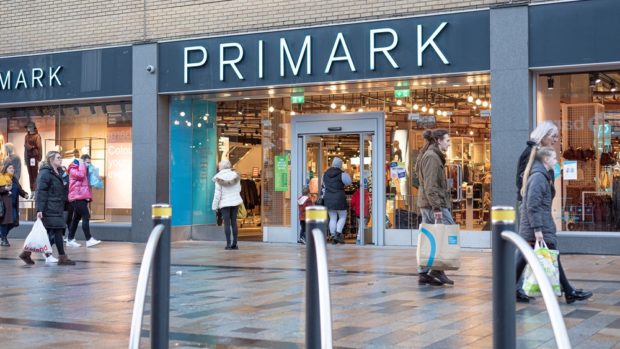The current wall-to-wall media coverage of the financial downturn
offers us no end of statistics, and seemingly, all point to an
increasingly gloomy business outlook for the foreseeable future.
The high-profile cases of Woolworths, MFI, and Zavvi have fuelled
the media’s fixation with high-street retail as the ultimate
barometer of consumer spending, yet this focus offers no insight
into the state of the home shopping market.
Recent research by Abacus confirms that many areas of the mail
order industry saw year-on-year growth in the run-up to Christmas
2007 and 2008-and not only growth but significant growth. The
total spend in those mail order categories analysed grew 8.4
percent year on year, with average order values rising 2.5
percent.
By reviewing the 2007 and 2008 pre-Christmas trends within the
home shopping and catalogue industry, we wanted an insight into
consumer spending patterns and to identify those categories, if
any, enjoying success, as well as those experiencing losses in
today’s challenging economic environment. From our cooperative of
500 million transactions, totalling around £20 billion, we
identified a sample of 70 participants that were active in both
2007 and 2008 and had provided up-to-date information. We then
aggregated the qualified participants into three product
categories-gifts and entertainment, home interiors, and adult
apparel-and looked at their year-on-year growth, or lack thereof,
for August, September, October, and November. The results offer
insight into an often overlooked marketing channel at a time of
year crucial to mail order companies and further underlines the
importance of catalogues in the marketing mix.
Whilst the gifts and entertainment category seemingly suffered in
the face of large high-street discounts- the home-shopping spend
on gifts and entertainment was down 10.1 percent year on year-the
average order value in this category increased by 10.5 percent,
possibly as a result of occasional buyers switching channels but
core buyers staying loyal. Home-shopping sales of home
furnishings grew by 5.3 percent in the run-up to Christmas 2008,
possibly as a result of consumers choosing to improve their
existing homes rather than moving. This figure may also have been
a result of more-consistent mailings throughout the specified
period, thereby offering consumers more opportunity to respond.
Perhaps the category that saw most growth was clothing. Although
the average order value dipped slightly (by 0.3 percent), total
spend showed an increase of 12.6 percent.
It is worth noting that all categories suffered a noticeable
knock to their growth in November, possibly as a result of
high-street retailers pursuing their share of the market at the
expense of profit by unveiling mass discounts from the early
November.

By digging deeper into the data, however, one can see that
different clothing categories displayed varying results. For
instance, mature clothing saw a huge increase of 20.5 percent in
the run-up to Christmas 2008 and an increase in average order
value by 5.9 percent. Could this suggest that those companies
appealing to the more mature, catalogue-loyal customer proved
more resistant to the distractions of double-digit discounts on
the high street? This demographic is also less dependent on loans
and mortgages, offering another clue to the category’s success.
Conversely, total spend on midmarket clothing saw spend reduced
by 6.9 percent. This category enjoyed a small amount of
year-on-year growth (0.6 percent) in August, September, and
October. But a decrease of 19.8 percent in November, as the mass
discount frenzy bit, encapsulated the challenges faced by many
companies.

In summary, results showed that whilst catalogue spend increased
by 8.4 percent year-on-year between 1st August and 30th November
2008, there were different success rates across different
sectors. Home interiors, high-end clothing, mature clothing, and
young/active clothing all enjoyed a more fruitful run-up to
Christmas. Those sectors more reliant on Christmas trade-gifts,
music, and entertainment and midmarket clothing-saw a drop in
total spend.
Matthew Pepper is UK sales director at data solutions provider
Abacus
Direct.








Share